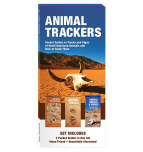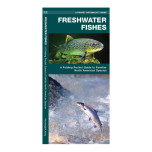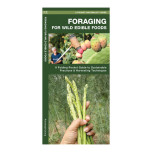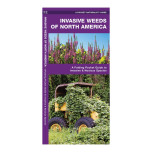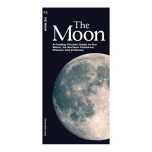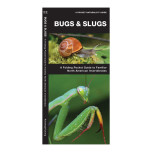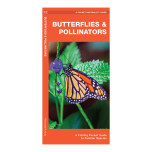We use cookies to make your experience better. To comply with the new e-Privacy directive, we need to ask for your consent to set the cookies. Learn more.
You wandered off too far from the campsite, miles from civilization. You're alone, lost, and hungry. As soon as you determine you are, in fact, lost, you decide to stop for the night, choosing a dry site near plenty of wood. Then you locate some nice dry wood, along with some dry birch bark tinder. After gathering armloads of wood, you build a teepee style fire and curl up near it, feeding it through the night. The next morning you devote your energy to building signs for others to find you, collecting water, and munching on edible plants you found growing nearby. Happily, you are soon rescued by a group of searchers. In your post-rescue interview, it was commented that you had made out pretty well for yourself, a person lost in the wilderness. You answer, "Well, it was really no big deal - after all, I did have my Wilderness Survival Pocket Naturalist to help me every step of the way." Enough said. These handy little laminated folding charts are so portable and convenient, they just have to come along on all your outdoor adventures. Folded up into 6 parts, printed front and back, these durable little guides are packed with information and illustrations with impressive depth. For example, in the abovementioned Wilderness guide, survival strategy, first aid, shelter, signals, water, fire, food, outdoor hazards, navigation, and several common animal tracks are all included. Whew! In the Edible Wild Plants guide, over 100 plants are described and illustrated for their usefulness, including plants used for nuts and seeds, fruits and berries, leaves, stems or bark, or roots and tubers, along with plants found in the desert, tropical area, or seashore. Dangerous poisonous plants are also included. With so much information in such a slim, easy-to-pack format, it makes it much easier to slip in that backpack than a set of bulky field guides. - Jess
